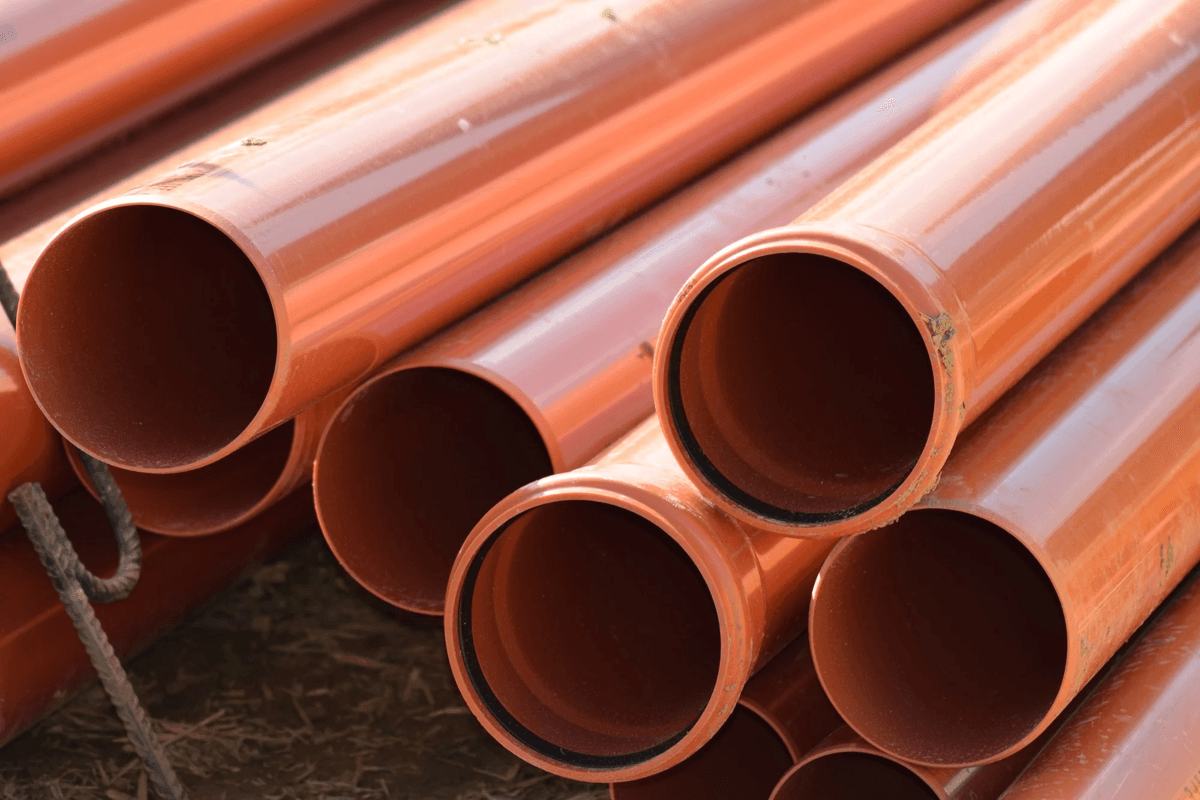
Pipe coating is a crucial process in the oil and gas industry, as it plays a vital role in ensuring the longevity and efficiency of pipelines. Among the various types of pipe coatings, ARO (Anti-Rust Oil) pipe coating stands out for its unique properties and benefits. In this article, we will delve into the world of
aro pipe coating, exploring its definition, benefits, and applications.
What is ARO Pipe Coating?
ARO pipe coating is a type of protective coating applied to the inner surface of pipes to prevent corrosion and rust. The coating is typically made from a mixture of oil and additives, which are designed to provide a barrier against the corrosive effects of the oil and gas being transported through the pipeline. ARO pipe coating is commonly used in the oil and gas industry, where the presence of corrosive substances, such as sulfur and hydrogen sulfide, can cause significant damage to the pipeline over time.
Benefits of ARO Pipe Coating
The benefits of ARO pipe coating are numerous and significant. Firstly, it provides excellent corrosion protection, which helps to extend the lifespan of the pipeline and reduce the risk of costly repairs. Secondly, ARO pipe coating can improve the flow characteristics of the pipeline, reducing the risk of blockages and increasing the overall efficiency of the system. Thirdly, the coating can help to reduce the risk of contamination, which is critical in the oil and gas industry where the presence of impurities can have serious consequences.
Applications of ARO Pipe Coating
ARO pipe coating is widely used in various applications within the oil and gas industry. For example, it is commonly used in the transportation of crude oil, natural gas, and refined products. Additionally, ARO pipe coating is used in the production of liquefied natural gas (LNG) and liquefied petroleum gas (LPG), where the corrosive properties of these substances require specialized protection.
Types of ARO Pipe Coating
There are several types of ARO pipe coating available, each with its own unique properties and benefits. For example, some ARO pipe coatings are designed to provide additional protection against corrosion, while others are optimized for specific operating conditions, such as high temperatures or high pressures.
How ARO Pipe Coating is Applied
ARO pipe coating is typically applied using a variety of methods, including spraying, brushing, and dipping. The coating is usually applied to the inner surface of the pipe, although it can also be applied to the outer surface in certain applications. The application process typically involves several stages, including surface preparation, coating application, and curing.
Surface Preparation
Before applying the ARO pipe coating, the surface of the pipe must be properly prepared. This involves cleaning the pipe to remove any dirt, oil, or other contaminants that may be present. The pipe is then degreased and dried to ensure a smooth surface for the coating.
Coating Application
Once the surface is prepared, the ARO pipe coating is applied using a variety of methods. The most common method is spraying, which involves using a specialized spray gun to apply the coating to the pipe. Brushing and dipping are also used in certain applications, where the coating is applied using a brush or by dipping the pipe into a bath of coating material.
Curing
After the coating is applied, it must be cured to allow it to harden and form a strong bond with the pipe. This is typically done by exposing the coated pipe to heat, which causes the coating to harden and become more durable.
Conclusion
ARO pipe coating is a critical component of the oil and gas industry, providing excellent corrosion protection and improving the flow characteristics of pipelines. With its unique properties and benefits, ARO pipe coating is an essential tool for ensuring the longevity and efficiency of pipelines. By understanding the definition, benefits, and applications of ARO pipe coating, you can better appreciate its importance in the oil and gas industry.